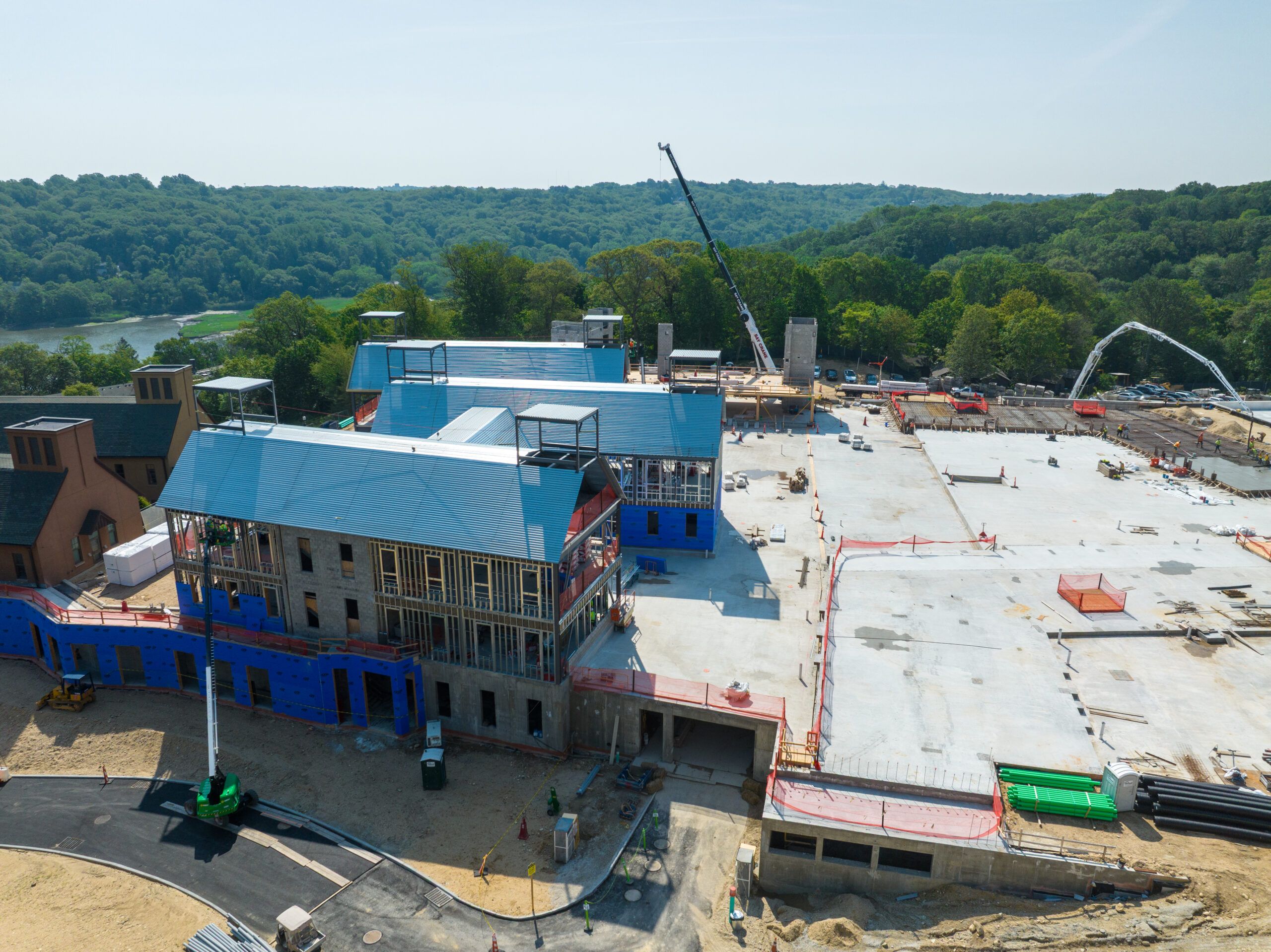When it comes to construction and retrofitting, choosing the right insulation material can have a significant impact on a building’s safety, comfort, and energy performance. In a world where both sustainability and functionality are key, multi-performance insulation materials are becoming the go-to solution for architects, builders, and property owners. Among these, one standout option is an engineered solution that can meet thermal, acoustic, and fire protection needs all in one: mineral wool insulation.
Why Multitasking Materials Matter
Traditionally, separate products would be used to address different building concerns, thermal insulation for energy efficiency, acoustic panels for sound control, and fire-resistant barriers for safety compliance. However, using multiple materials increases installation time, complexity, and cost. This is why builders increasingly prefer high-performance materials that tick several boxes at once.
By consolidating requirements, you reduce the layers needed in wall assemblies, save space, and cut down on labour. It also reduces the chances of errors during installation that might compromise the building’s performance. Plus, for commercial and industrial buildings where strict building codes apply, multipurpose solutions help streamline compliance.
Thermal Performance: Energy Efficiency Starts Here
One of the primary benefits of high-performance insulation is temperature regulation. Good thermal insulation reduces heat loss in winter and heat gain in summer, leading to lower energy bills and a smaller carbon footprint. For buildings in areas with fluctuating temperatures, this is crucial for both occupant comfort and long-term sustainability.
Mineral wool, for example, has naturally low thermal conductivity. This makes it a popular choice for external walls, roofing systems, and internal partitions alike. It performs well even in harsh Australian climates, where maintaining stable indoor conditions can be challenging without quality insulation.
Acoustic Control: Silence Is Comfort
In addition to keeping temperatures steady, a good insulation material should also minimise sound transmission. This is especially important in urban settings, multi-occupancy buildings, schools, and healthcare facilities.
Mineral wool has a unique fibrous structure that helps absorb sound waves, making it highly effective at dampening noise. Whether it’s traffic sounds from outside or conversations between rooms, sound insulation plays a big role in improving the livability of a space.
Fire Resistance: Built-In Safety
Safety is non-negotiable in any structure, and fire resistance should be part of the planning process, not an afterthought. Here’s where mineral wool really stands out. It is non-combustible and can withstand extremely high temperatures without melting or emitting toxic fumes.
This makes rockwool an ideal choice for buildings requiring fire-rated assemblies or where additional protection is needed for vulnerable areas like service risers and mechanical rooms. It not only slows the spread of flames but also buys time for evacuation and emergency response.
A Smarter Way to Build
Choosing a single material that addresses thermal, acoustic, and fire performance simplifies construction and improves long-term outcomes. With options like mineral wool, builders can meet regulatory requirements while delivering better energy performance and occupant comfort, all without compromise. If you’re planning a new project or upgrading an existing space, considering multi-functional insulation isn’t just smart, it’s essential for future-ready buildings.











